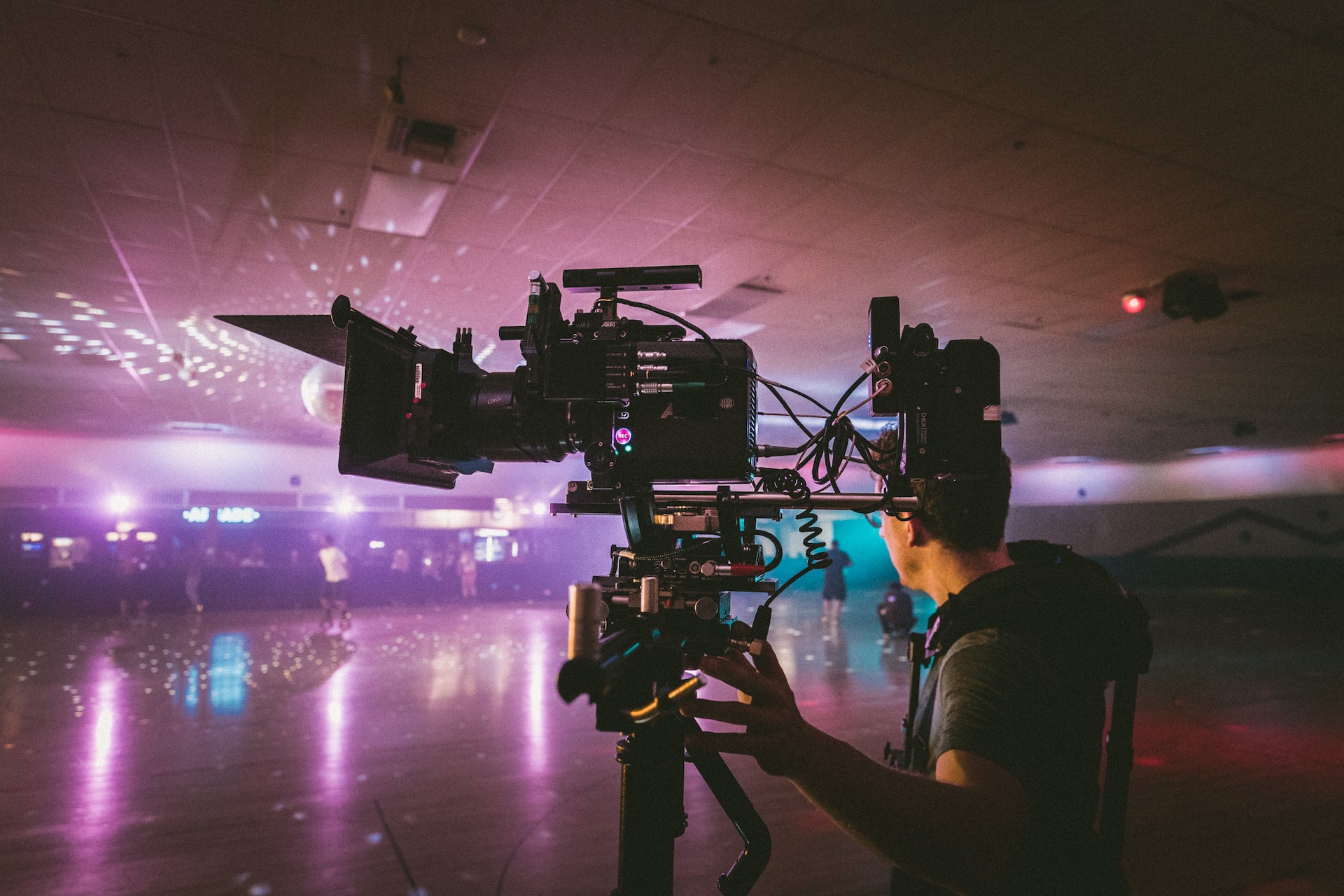Movie special effects have been around since the dawn of cinema. They have evolved over time, from simple optical illusions in the pre-cinema era to the incredibly realistic computer-generated imagery of today. This article will look at the development of movie special effects, from their early beginnings to modern-day technology, and explore what the future of special effects might hold.
Early Movie Special Effects
Pre-Cinema Visual Effects
The use of special effects dates back to pre-cinema times, when shadow puppetry and magic lantern shows were used to create illusions and tell stories. Shadow puppetry is a form of storytelling that uses flat figures made of leather or paper that are manipulated by hand, while a light source is used to project their shadows onto a screen. Magic lantern shows, on the other hand, used a device that projected images onto a screen, creating optical illusions.
Early Silent Film Effects
The development of the motion picture camera in the late 19th century opened the door for the use of special effects in movies. Early silent films used a variety of techniques to create effects, such as stop motion animation, matte painting, and rear projection. Stop motion animation is a technique in which objects are moved in small increments between frames, creating the illusion of movement. Matte painting is a technique used to create a painted backdrop for a scene, while rear projection is a technique used to superimpose a moving image onto a background.
Development of Color Effects
The introduction of color film in the early 20th century allowed for the development of color special effects. The most popular of these was Technicolor, a three-strip process that used three separate strips of film to create a color image. Other color processes, such as the dye transfer process and the multi-color process, were also developed.
Modern Special Effects

Computer Generated Imagery
Computer-generated imagery (CGI) has revolutionized the world of special effects. CGI is a form of 3D animation that uses computers to create realistic images. It is used in movies to create characters, creatures, and environments that would be impossible to create using traditional methods. CGI involves a number of steps, such as 3D modeling, texturing, lighting, and rendering.
Motion Capture
Motion capture is a technique used to capture the movements of a live actor and transfer them to a digital character. This allows for incredibly realistic movement and expressions that can be used to create lifelike characters. Motion capture can also be used to capture facial expressions, as well as motion tracking to track the movements of objects in a scene.
3D Animation
3D animation is a form of computer animation that uses three-dimensional objects and environments to create realistic images. It involves a number of steps, such as rigging, key-framing, and motion blur. Rigging is the process of creating a skeleton for a 3D character, while key-framing is used to create the character’s movement. Motion blur is used to create a sense of realism by blurring objects that are moving quickly.
Special Effects in the Future
Augmented Reality
Augmented reality (AR) is a form of technology that overlays digital images and information onto the real world. It can be used to create immersive experiences, such as augmented video, augmented audio, and augmented graphics. Augmented video allows for the creation of virtual sets and environments, while augmented audio can be used to create realistic soundscapes. Augmented graphics can be used to add visual effects to a scene.
Virtual Reality
Virtual reality (VR) is a form of technology that immerses the user in a simulated environment. It can be used to create 360-degree video, immersive audio, and interactive environments. 360-degree video allows the user to explore a virtual world in a realistic way, while immersive audio can be used to create a realistic soundscape. Interactive environments can be used to create games and other interactive experiences.
Holographic Technology
Holographic technology is a form of technology that uses light to create three-dimensional images. It can be used to create holographic displays, holographic projection, and holographic storage. Holographic displays allow for the creation of realistic 3D images, while holographic projection can be used to project images onto a wall or other surface. Holographic storage is a form of data storage that uses light to store information.
Conclusion
Movie special effects have come a long way since the early days of cinema. From simple optical illusions to incredibly realistic computer-generated imagery, special effects have evolved to keep up with the demands of modern film-making. As technology continues to advance, we can expect to see even more realistic and immersive special effects in the future. From augmented reality to holographic technology, the possibilities are endless. Movie special effects have and will continue to have a major impact on cinema, allowing filmmakers to tell stories in ways that were previously impossible.
